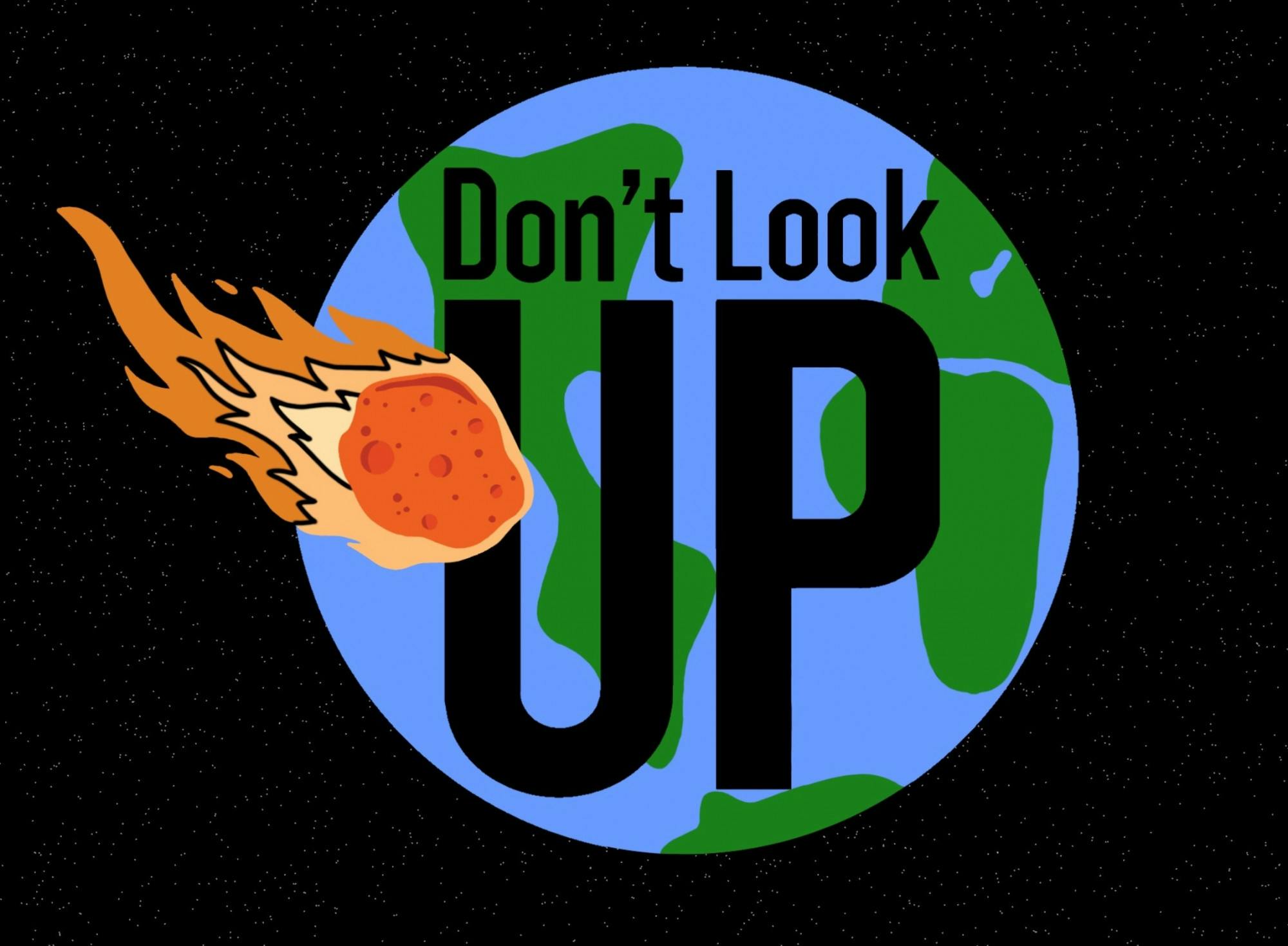Netflix’s "Don’t Look Up" may be one of the most prevalent satirical climate change commentaries of its time, created under the guidance of astronomer Amy Mainzer.
Featuring dozens of A-List celebrities — such as Kid Cudi, Cate Blanchett, Ariana Grande, Jonah Hill, Meryl Streep— it is Leonardo DiCaprio and Jennifer Lawrence, who play two Michigan State University astronomers, who lead the cast.
Noticing a discrepancy in space satellite footage, Lawrence’s character, Ph.D. candidate Kate Dibiasky, discovers a comet is heading straight towards Earth and will make an impact in six months and 14 days, creating an extinction-level event.
DiCaprio’s character, Dr. Randall Mindy, and Kate come to the solemn conclusion the ephemeris of the comet, or its distance from Earth, keeps getting smaller and smaller and will eventually reach zero.
Professor of physics-astronomy Megan Donahue said that while these calculations were made using the whiteboard method, modern scientists use software for these calculations.
“Some choices were made in the service of the story,” she said. "We use software that’s already been written and tested.”
Regardless, the general premise of the science proved consistent, Donahue said.
“Comets are discovered by taking multiple pictures of the sky and seeing the things that move," she said.
Kate uses this same methodology in the opening scenes of the film, where she notices a trend in photography.
MSU assistant professor of physics-astronomy Wolfgang Kerzendorf reiterated that method, citing the prominent Pan-Starrs Telescope which “does many, many, many snapshots of weeks and months and years, then finds appearing stars” and uses that data to predict the trajectory of celestial objects.
Deeper into the film, the United States begins proposing solutions.
Kate was only able to give humanity a few months to prepare before the impact. MSU Foundation Professor Federica Brandizzi said it's hard to tell if this aspect is realistic or not.
“How long you need to get rid of the meteorite is something for which we don’t have historical data that can build upon,” Brandizzi said. “Political and financial interest was something that delayed the reaction and the right course of action.”
“NASA has talked about sending missions to an incoming commit and then nudging it out of orbit,” Donahue said.
In comparison, the film sees an American-based conglomerate called BASH attempt, and fail, to launch rockets into space to knock the comet off its course via a nuclear explosion, splitting the comet into smaller meteoroids and allowing for BASH to acquire and profit off them.
“They picked the size to be the same as the asteroid that hit and ended the realm of the dinosaurs,” Donahue said. “That impact launched debris into the upper atmosphere, which then blocked the sun.”
It then created widespread starvation and freezing temperatures, which was ultimately what killed the dinosaurs and would have a large effect on those who managed to survive the comet in the film.
MSU astronomers agreed the film indulged in a guilty overdramatization for viewers' pleasure.
“The one thing that was a little overblown in the movie was that a comet of that size, 10 kilometers or so, it wouldn’t disrupt the entire Earth’s crust and send a shockwave rippling around the planet,” Donahue said. “Collisions are pretty rare … we’re a tiny target in a big, big space. ... It would be a challenge for humans to survive it, but they could."
Brandizzi said that because it has already happened once some 65 million years ago, it can happen again.
Support student media!
Please consider donating to The State News and help fund the future of journalism.
“The reason why we’re alive means that it can happen, it’s just very, very rare,” Kerzendorf added. “Space is very, very empty, so it’s very unlikely that it hits you.”
In terms of the eventual portrayal of Kate as a hysterical buzzkill, Donahue and Brandizzi agreed the film was spot on.
“That was perfect,” Donahue said, with an air of finality. “Just look at how women are treated on Twitter.”
"For me, Kate assumed such a critical role because although she was labeled hysterical, she never gave up, and (Dr. Mindy) gave up," Brandizzi added.
Overall, the astronomers agreed the movie was accurate, for a blockbuster.
“Listen to science, consider science, even if it's not sexy,” Brandizzi said.
“Unintentionally, they did get how political power and the desire for political power might sway you to distort the truth, even when it’s right there in front of your face," Donahue said.
Discussion
Share and discuss “Real MSU astronomers break down the science in Netflix film 'Don't Look Up' ” on social media.





